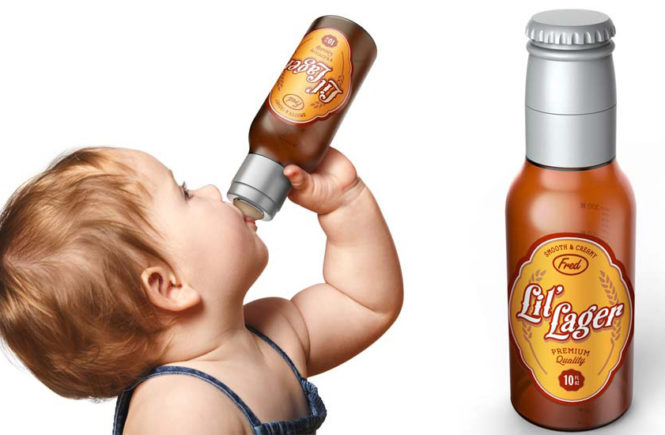Or, the science behind the LUKR Czech faucet
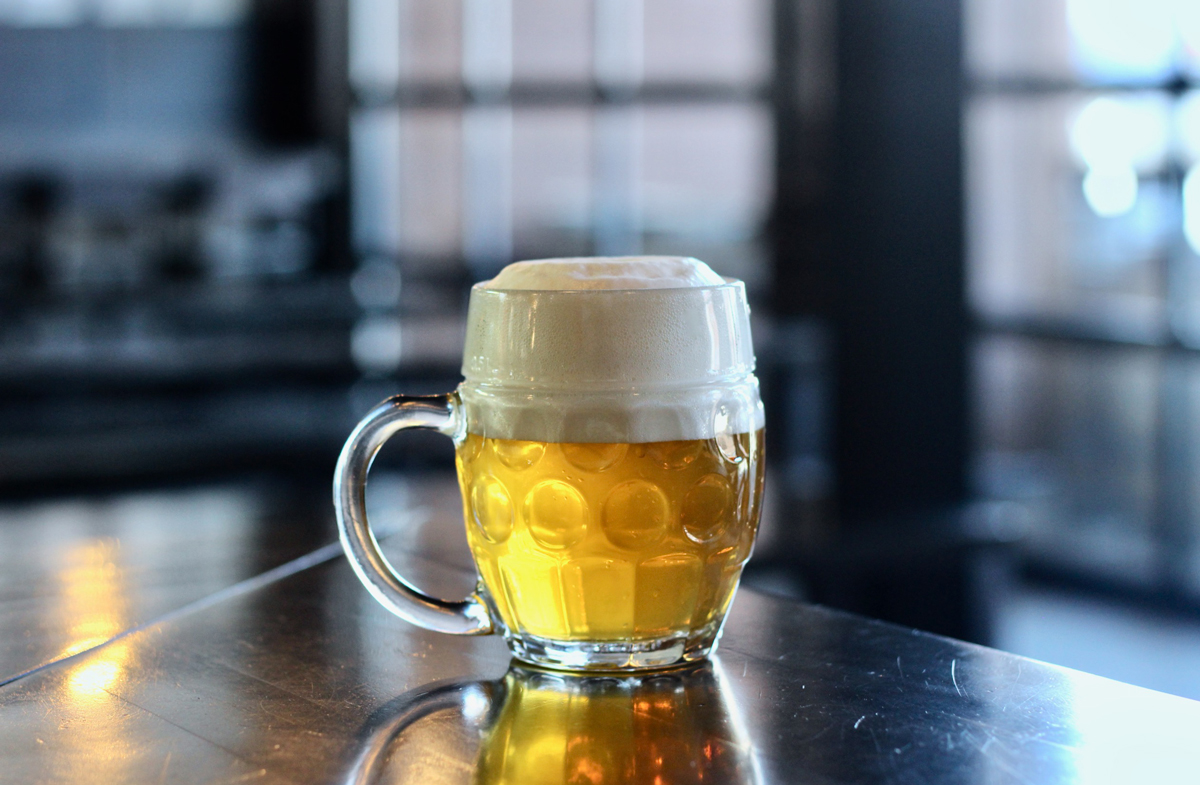
As with any other pleasure in life, beer is enjoyed with all your senses. Even before tasting, you will appreciate its colour, brightness, haziness, and of course, head. Depending on the type of beer the head or the amount of foam can vary. It could be abundant, thick, light, ephemeral, or even absent. Have you ever thought about what makes beer foam, (head, kräusen, or whatever you might call it) so special and different from other carbonated beverages?
Making the foam possible are the ingredients: the proteins and non-starch polysaccharides (or complex sugars) remaining from grains, alpha acids from hops, and of course the gas present in the beer. However, the serving technique is crucial even if your beer has the perfect components for an eye-catching head. With this in mind, let’s discuss how Czech beer tradition and experience had raised the bar and created a whole culture around beer foam.
If the foam is dependent on ingredients, the pouring technique and faucet are crucial when any person wants to serve a good pint of inviting beer. Czechs are perfectionists in this task, and they have a diploma for the person who masters the tradition after being trained and certified, the Tapster. But an expert needs the appropriate tool to perform this task, and here is where craftsmanship enters into the equation to develop a complex yet simple tap to get the best out of a Czech Pilsner creating a celestial foam on top of the bright golden beer.
In a conversation with Paddy Treacy, Northern Lines owner, and LUKR distributor mentioned that this kind of system is the closest thing to drinking a beer from the Brite Beer Tank.
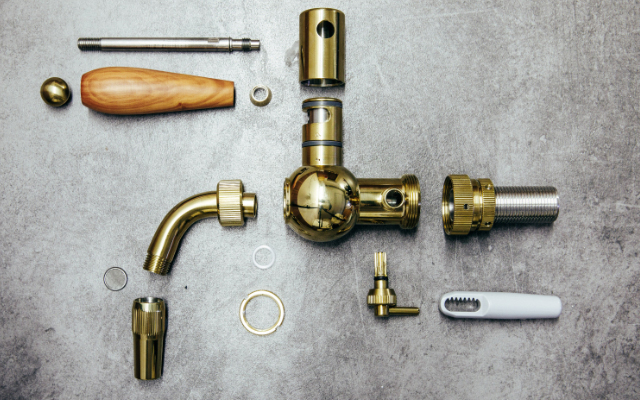
How is the LUKR faucet different from a normal tap?
If you are familiar with how a beer should be poured, the regular tap is like an on-off switch, so this task is easy to perform and only requires practice. When you pull the handle, a shank moves in the body of the tap allowing beer to flow into your glass at a single speed depending on the gas in the system.
On the other hand, a LUKR Czech faucet is more complex, and its parts allow the Tapster to maintain the faucet, cleaning regularly depending on the frequency of use. If we dissect the faucet body, we can observe that it is formed by a nozzle, a mesh, and a longer faucet, making this part effortless to disassemble and clean. The body has an additional part before the shank that will regulate beer flow, called a kompensator. Finally, the handle acquires another dimension because it is tuneable and has a side-pull one with 180-degree freedom of movement. This feature frees the Tapster to control the amount of beer being poured, triggering the ability to try new flavours and textures in foam serving.
The science (and art) behind the magic
The key component to creating amazing foam while pouring a Czech Pilsner is the mesh or tap screen between the faucet and nozzle. This metallic screen creates a barrier, generating a turbulent flow and producing a lot of nucleation points where gas and beer are mixed forming the dense foam. The bubbles formed trap all the hydrophobic (water hating) components of beer (protein-lipid complex) holding them to travel across the liquid, building a web of bubbles imprisoned and protected by iso-alpha acids from hops, coating the whole structure and floating over the beer.
The long faucet and nozzle are in deep contact with the foam and release beer from the bottom of the glass instead of the top. This produces a mind-blowing foam-beer ratio according to style.
Types of Czech beer pouring
Čochtan (Neat): No foam. British style. Not common on a Pilsner serving because it is too bitter tasting.
Hladinka (Smooth): Pilsner classic pouring. Half beer, half foam. The perfect Czech beer experience showing foam aromas and textures.
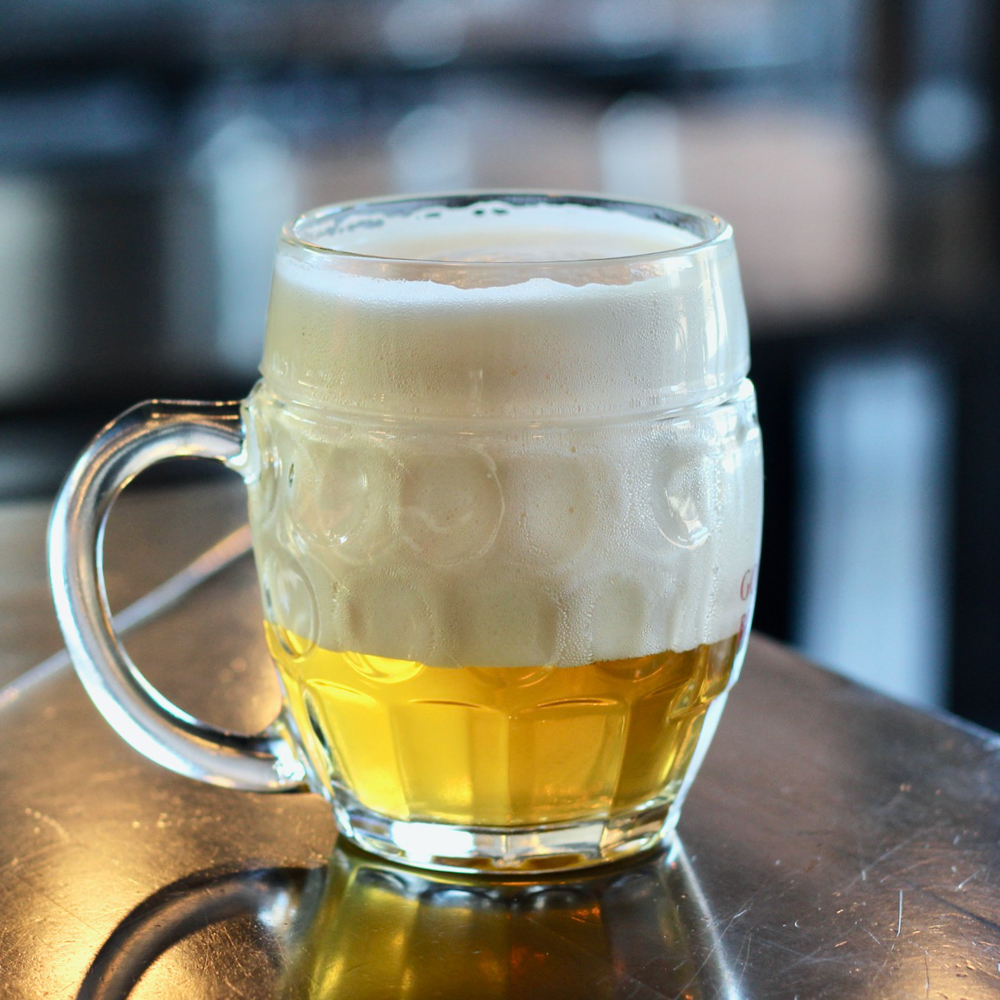
Šnyt (Split): Old fashioned serving, mostly reserved for the Tapster to test the pouring and the lines. It is a small pour with lots of extra foam.
Mlíko (Milk): Almost pure wet and refreshing foam to appreciate all the texture and richness of flavours.
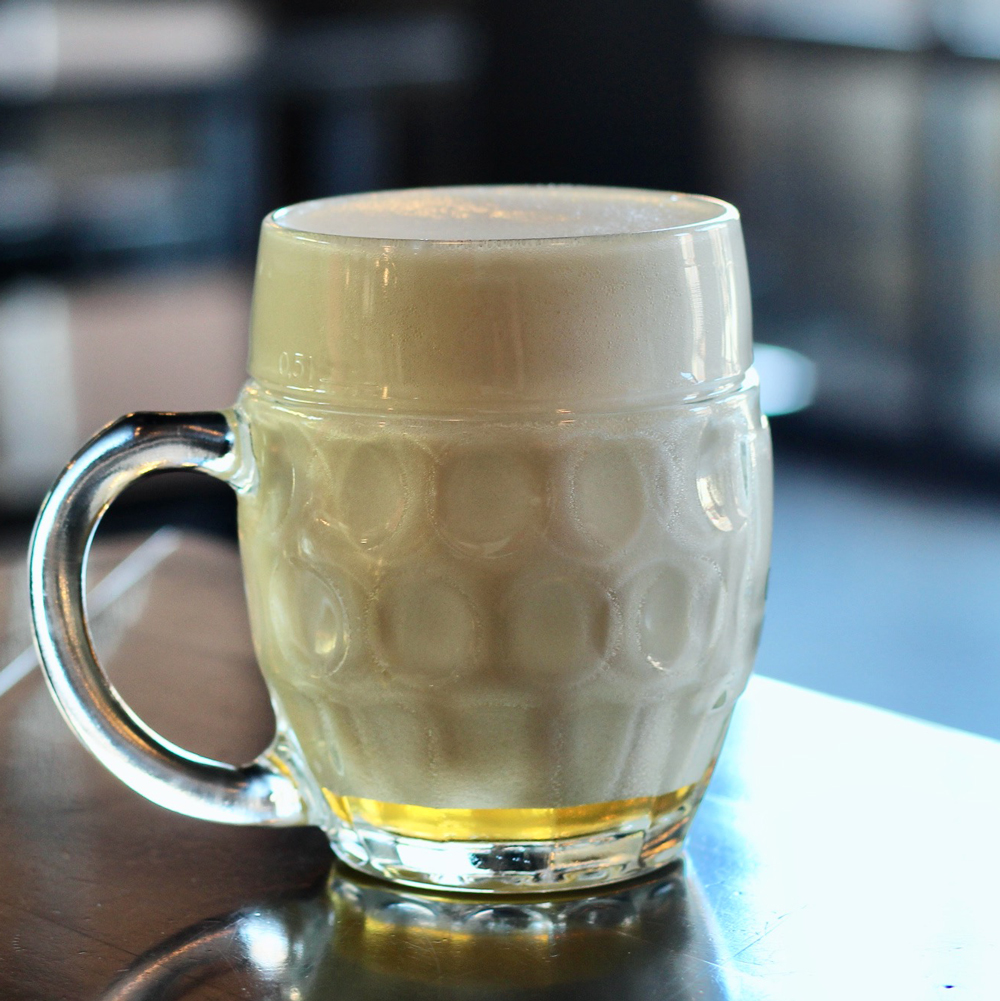
Must be drunk fast to cherish this delicacy.
Na Dvakrát (Crisp): The most popular. 30% foam to protect the beer from oxidation and enjoy a taste of foam to start your enjoyment.
Řezané Pivo (Cut beer): Enough foam with a twist. This type is a mix of half-light and half-dark beer.


